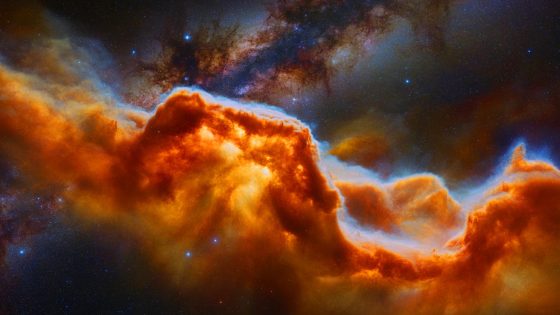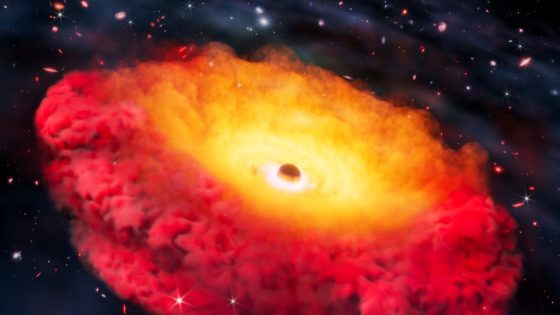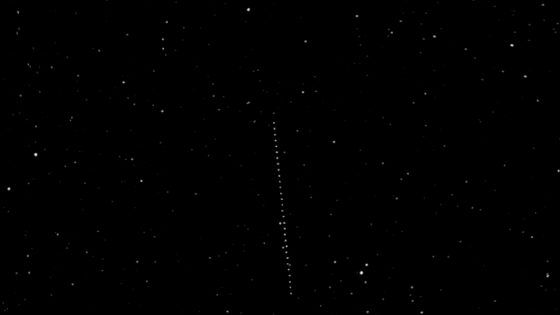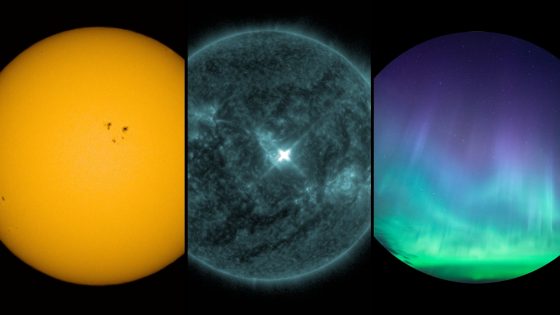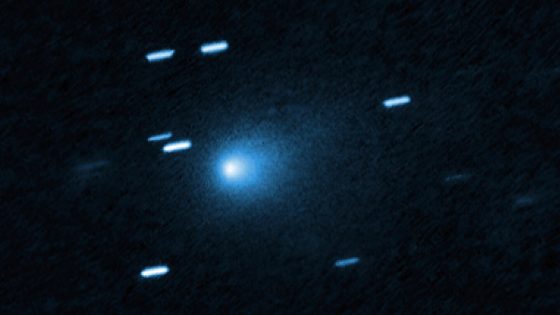Astronomers have made a groundbreaking discovery within the Milky Way by identifying a massive molecular cloud, M4.7-0.8, weighing as much as 160,000 suns. This cloud, located 23,000 light-years away, plays a crucial role in understanding star formation and galactic evolution. As of 2025-08-24 00:55:00, scientists are eager to explore the implications of this finding.
- Massive molecular cloud M4.7-0.8 discovered.
- Located 23,000 light-years from Earth.
- Key for understanding star formation processes.
- Features dynamic structures: Nexus and Filament.
- Innovative techniques enhance cloud exploration.
- Future studies may reveal galactic evolution insights.
The Green Bank Telescope was instrumental in this discovery, revealing the cloud’s dynamic structures and potential star formation zones. These findings could reshape our understanding of how galaxies like the Milky Way evolve over cosmic time.
This discovery raises intriguing questions about the processes that govern star formation. What secrets does M4.7-0.8 hold regarding the lifecycle of galaxies? Understanding these mechanisms is vital for comprehending the broader narrative of cosmic evolution.
- M4.7-0.8 is a giant molecular cloud essential for star formation.
- It contains dynamic structures that may indicate active star formation.
- Future observations could reveal more about galactic evolution.
- Studying these clouds enhances our understanding of the universe.
As astronomers continue to explore clouds like M4.7-0.8, we stand on the brink of significant revelations about our galaxy’s past and future. What other mysteries might these celestial giants unveil?



